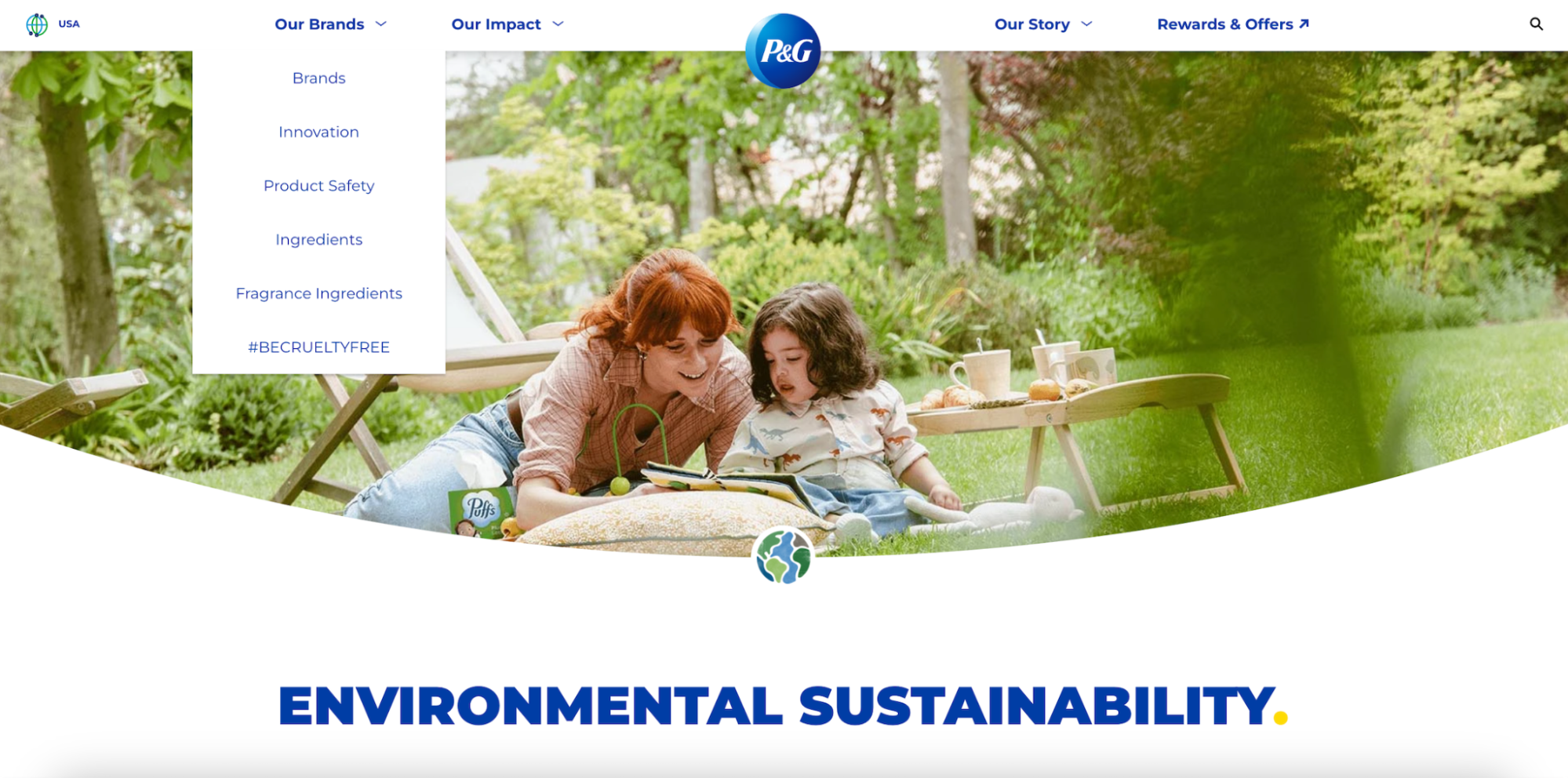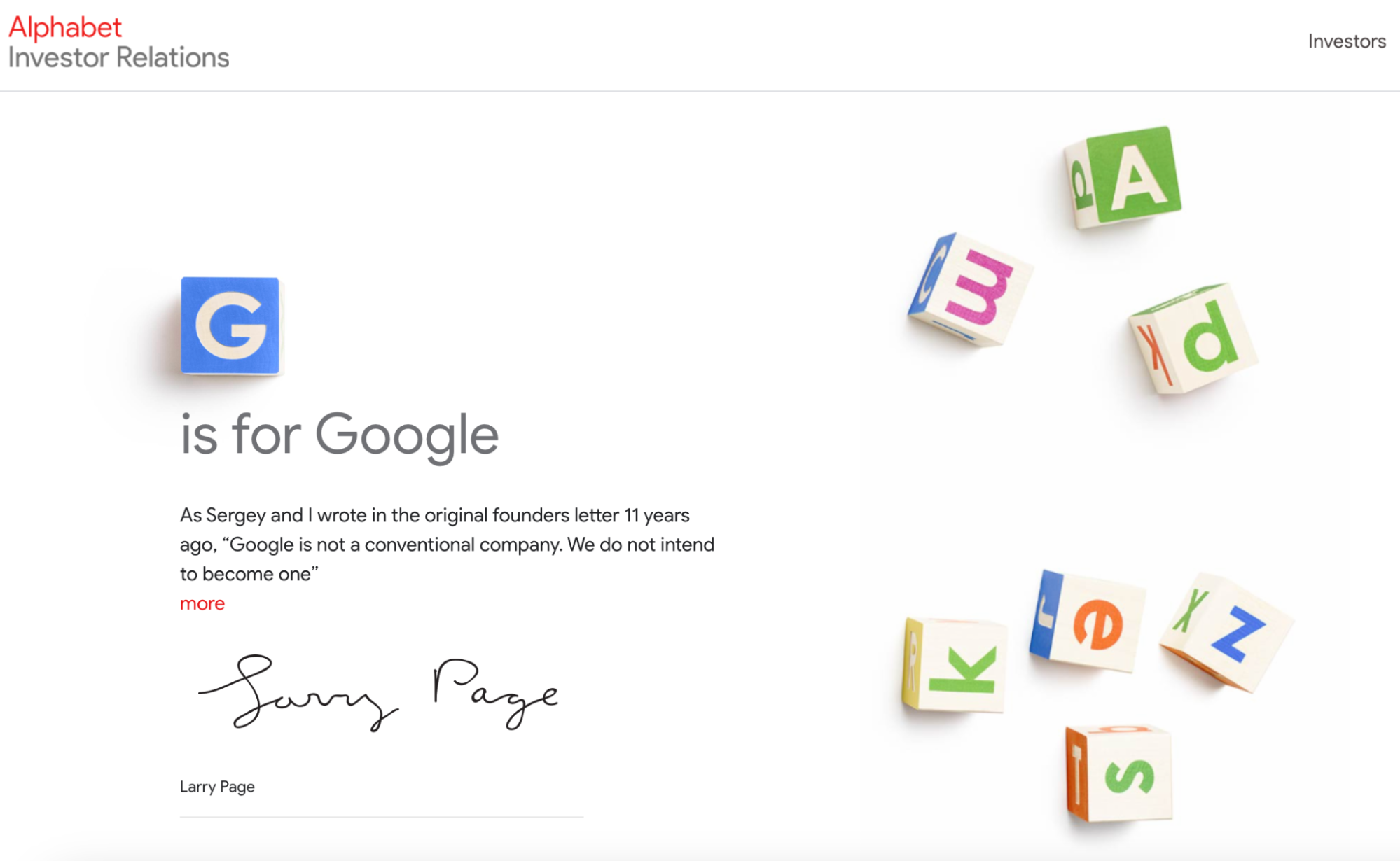More is always better, right? By that standard, we could just declare that multiple sites rule and be done with it.
But because you’re probably smart enough to realize it anyway, that would make as much sense as blindly recommending ad space during NFL games for everyone — from gigantic corporations to John’s plumbing services. You need to ensure that your business model corresponds to your domain structure, and that both can scale with you.
OK, that’s the big picture. How do we do this? We get there by balancing technical, business and branding decisions, from web hosting to content management and your potential customer.
Let’s walk through the individual steps to consider and some examples to help you make the right choices for your site management.
The Benefits and Drawbacks of a Single vs a Multiple Domain Strategy
No matter how advanced digital marketing becomes, we as human beings still perceive technology in terms of analogies to translate its meaning into the physical world. The problem is that this approach often makes you run into a wall. If you compare your WordPress site to a store sign, you’ll immediately rule out the possibility of mounting two above the store windows, let alone differently branded ones.
However, there are situations where having multiple domains might make sense. But before we dive into those, let’s discuss the different technical setups.
If you choose to run a single website for your business, every single site, subdirectory and category page will fall under that primary domain. Whether you’re serving multiple locations or just brought out a new product, it must all be incorporated on a single website.
With a multiple-domain strategy, you’d have to decide which product markets or geographical regions belong to your main core domain and which you’d prefer to keep on a separate site.
However, this is not like casually deciding between a margherita or a supreme pizza (for the record, you know the right answer to that one). Your domain choices should always align with your budget, technical capabilities and business goals.
For a straightforward business that targets only a local audience, a single domain can provide many benefits. You can save hosting and maintenance costs, easily keep your brand consistent and scale it with the minimal viable time investment. Even your SEO effort decreases, along with tasks like user experience design and Google Analytics reporting.
If you’d like to tailor content to a local market or segment audiences for different product lines, it could make sense to focus on brand diversification and use one umbrella domain to link to subsidiary or product pages. That said, it’s also easy to confuse clients, should your business model change, which will cost you a lot of time and effort or could adversely affect your domain authority.
Defining the right site structure for your business will always be influenced by your business strategy as well as local and international SEO objectives.
You’ll need to consider how each path fits your current business model and strategy, and we’ve only given two possible examples yet. After all, you want to find a solution that can scale with your business.
Subscribe to
The Content Marketer
Get weekly insights, advice and opinions about all things digital marketing.
Thank you for subscribing to The Content Marketer!
No Matter How Many You Run — Websites Are Always Business Assets
Could you imagine a stranger walking into a shop and spontaneously running the cash register? Well, it’s not a wild fantasy, so you probably can, but you wouldn’t deem it realistic. The point being: Why would we treat our websites any differently than our physical stores?
Deciding on your site structure and domain hosting is never a matter of technology alone. It’s a business decision, and nobody knows your company better than you do. So just like with the stranger at the register, imagine what your clients would think or how it would reflect on your brand if visitors found your choices confusing. What if you’re emphasizing products that aren’t part of your core business?
Your domains should always give visitors a clear picture of your brand identity and product catalog. Depending on where you stand on your business journey, that could mean you need to iron out all the details about sub-branding before finalizing your content strategy.
We should also point out that your decision will significantly affect your costs for the foreseeable future. Keep in mind that you’re not just paying for additional hosting and a domain registration. With those separate domains also come marketing budgets and SEO reports, maintenance schedules, adjusted copy — the list goes on. While you can definitely save money on some things, for example, you can get a domain and host together on NameHero for a low price, other products may have a higher cost.
That added cost can be worth it if you understand your content marketing ROI. However, you should never decide either on one or several domains only because you consider that solution to be categorically better. Instead, you should base your answer to this question on your business type, scope, target markets and personnel capabilities.
Learn From Real-Life Content Strategies and Understand the Reasoning Behind Them
Subdirectories, domain hosting, analytics reporting — we get it. This seemingly simple decision becomes unbelievably technical in no time, and we’re still leaving out the branding decisions coming along with it. That’s why we’d like to give you a few examples and walk you through their decision-making process for choosing one or several domains.
Booking.com: Simplified International Branding
No matter where you visit the online travel agency, the dot-com is always an integral part of their branding. They’ll even say it out loud in their video ads, such as their most recent campaign featuring Melissa McCarthy.
Obviously, an online travel company can expect a certain openness from its customers, and the way they interact with your products and services may impact your final choice of a domain structure as well. For instance, there’s no argument that Amazon is internationally established, but they decided to go with separate domains for each country they serve.
Certainly, legal concerns played into that decision. After all, Amazon does interact with clients at their front door, and sometimes even within their homes through smart speakers these days. Still, from a marketing perspective, it’s important to note that the branding depends on a combination of factors, from product offerings and audience demographics to the interaction with your brand.
The streamlined approach of Booking.com will certainly appeal to many enterprises, but it won’t match every business model. Make sure you consider your clientele and services.
P&G: An Umbrella Brand That Intentionally Leaves the Stage to Sub-Brands
Founded almost 200 years ago, Procter & Gamble is arguably one of the biggest corporations in the entire world, offering consumer goods for everything from laundry products to oral care. But what do you find when you visit their website? A menu saying “Our Brands.”

P&G themselves only actively advertise their efforts in sustainability, equality and ethics. They even include their sub-brands’ logos right in their landing page header. It wouldn’t be fair to say they lack a strong brand, but they clearly try to give the stage to individual products rather than the mothership organization.
This approach can make sense if you run multiple brands covering a wide range of product types or services, but it’s important to consider the active branding strategy going along with it.
Alphabet: When a Company Splits Its Brand
Even though it’s slightly similar to P&G in their choice to stay in the background, Alphabet Inc. was the result of restructuring measures at Google in 2015. While it’s still among the Big Tech companies after the stock split, their content marketing is as minimalist as could be.

Their entire landing page only contains an open letter about their values and mission, earnings reports and recent updates for investors. You might even argue that choosing abc.xyz instead of alphabet.com as a domain name moved Google’s parent company further into the background.
No matter the size of your enterprise, strategic changes like these require a lot of forethought and planning. Even if you’ve already decided which sector of your current business will turn into a subsidiary, you’ll still need to come up with a separate brand identity. Alphabet’s brand might be minimalistic, but don’t fall for the trap of associating minimalism with little effort.
Whatever Website Setup You Choose, You Can Always Adapt
Whether you think of your domain as a billboard, a business card or an online glossary, remember that this can change. You may adjust your business model to meet consumer expectations or break into another market.
Don’t panic because you decided on one domain structure and feel locked in now. Yes, it takes considerable effort to restructure your brand or multiple domain names, but it’s doable. So your best bet, no matter where your enterprise stands right now, is to plan ahead as far as you can. You don’t want to change your logo every two weeks, and your website is no different.
Whichever option you follow, make sure you feel comfortable with it because you’ve done the research and thought it through based on your unique business model. If you do that, you’ve already chosen the right path.





